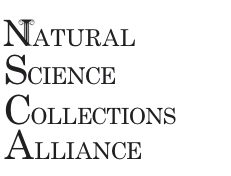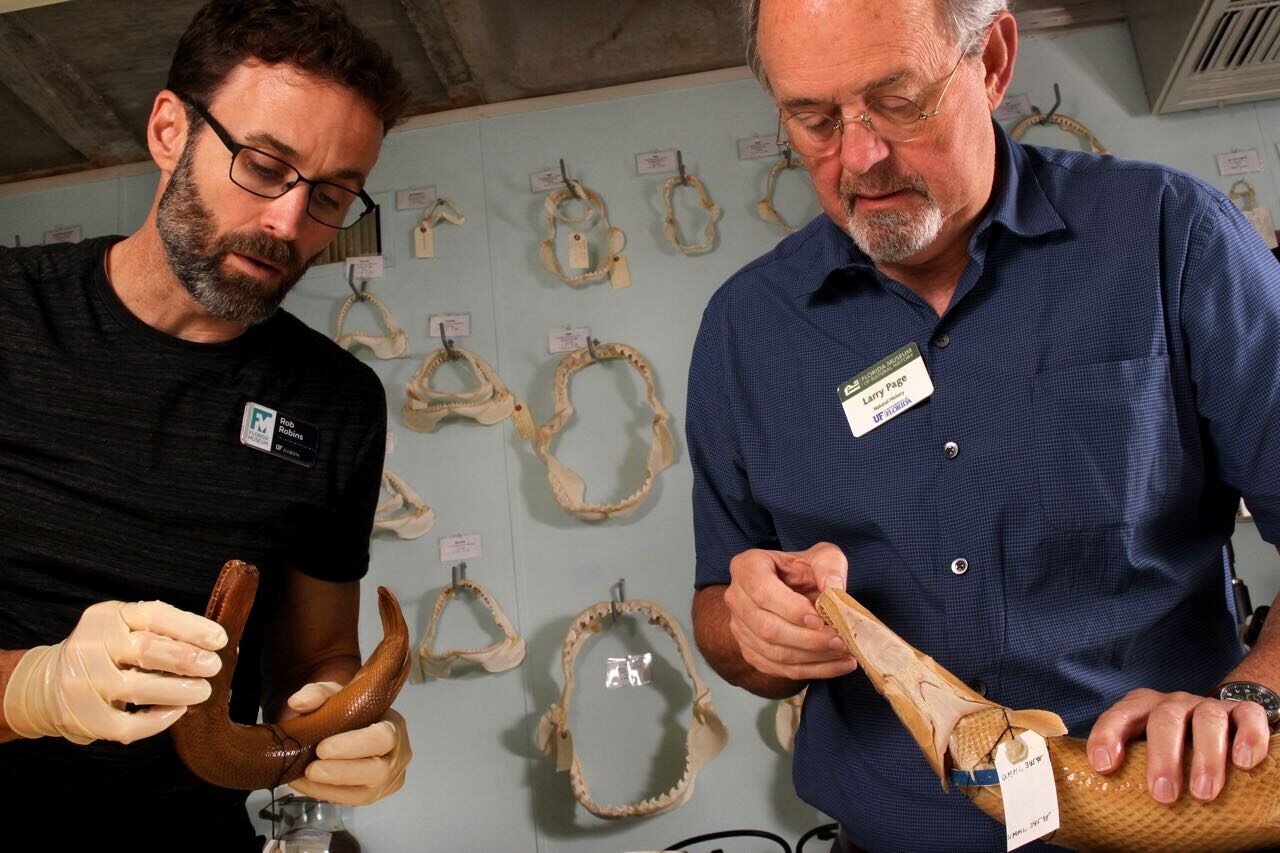According to a new study published in Methods in Ecology and Evolution by researchers at the University of Vermont and international scientists, museum natural history collections of plants, small mammals, fish, insects, and amphibians can be used to predict most species relative abundance in the wild. Findings from this study can help to address certain challenges associated with traditional conservation approaches.
A team of 19 researchers analyzed 1.4 million field observations and 73,000 museum records of over 22,00 species and developed a new method that will enable scientists to use museum records to identify species whose populations are declining and require protection. Traditional approaches have required large-scale field surveys that are time-consuming and expensive. The new method will allow researchers to study how the commonness and rarity of each species changes through time or from disturbances such as urbanization and climate change. Furthermore, ongoing specimen digitization efforts and future collections of extended specimens will further enhance the ways in which this approach can be used.

